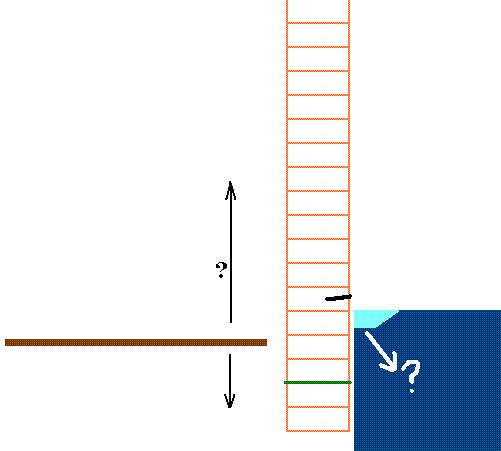You have a solid Victorian brick wall (headers and stretchers in evidence) that has been externally painted, probably several years ago, probably several times. There are some gaps in the paintwork where bricks have been replaced.
The wall was not intended to be painted externally.
Masonry paint is often supposed to be vapour permeable - that is, the masonry should be able to dry out through the paint coat. However, many variables can affect this - notably, multiple coats of paint over time can be as much of a barrier as a render coat. The only permeable wallcovering (external or internal) that can be overlaid, is a traditional limewash, which chemically changes to calcium carbonate as it weathers.
Paint can stop the brickwork and mortar courses from drying out as bare brickwork would do as originally built.
During a wet winter like our last, walls can become saturated, and need to dry out by evaporation - if external paint prevents this, the damp will eventually work through to the inside.
The salts in the brickwork will get into the plaster and damage the wallcovering, such as paint or wallpaper. Then the plaster eventually will lose integrity and fall off. Salt-contaminated plaster will need to be replaced in order to achieve a satisfactory paint finish.
Tanking will merely seal the damp in the wall, preventing it from drying out forever.
So - you have a working DPC and an external wall partly sealed with old paint, and only one route for the moisture to escape - through the internal walls.
Try to get a quote to restore the external wall to its original state - bare brickwork and lime mortar pointing, that will function as originally intended.
If the internal plasterwork has to be replaced, consider a traditional lime plaster solution, rather than contemporary building materials - cement renders and gypsum plaster


